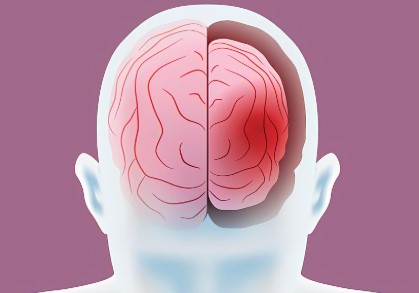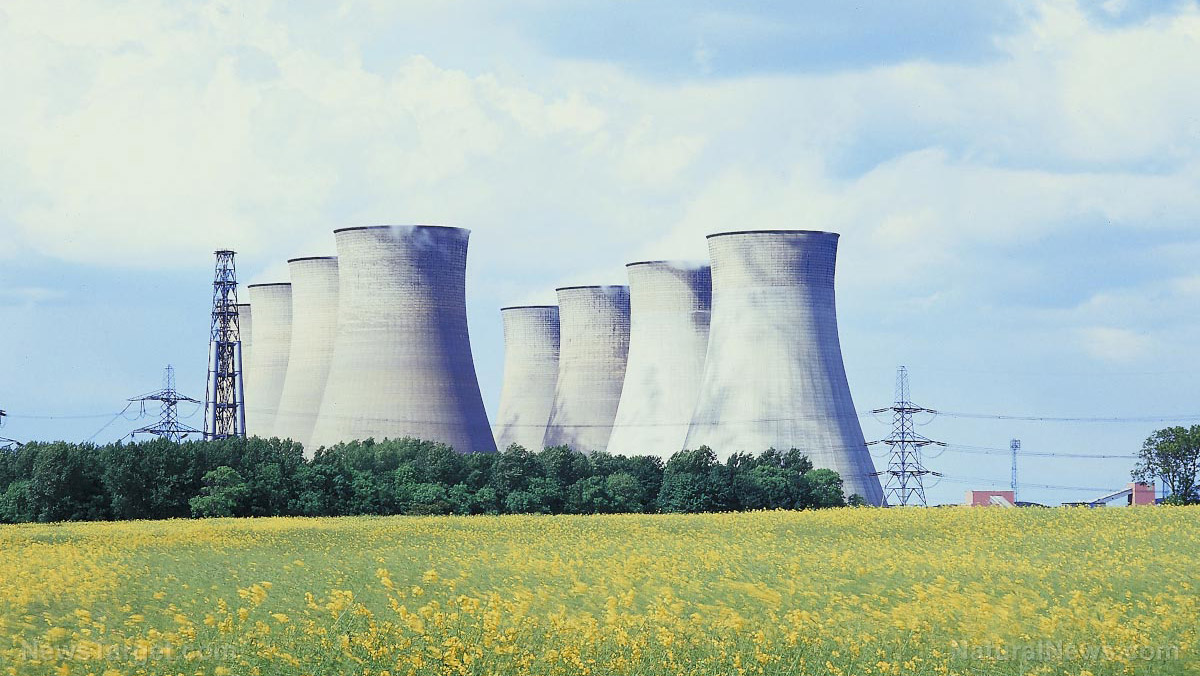 Parler
Parler Gab
Gab
- Researchers have identified a "global constraint principle" that mathematically explains why life's growth slows despite abundant nutrients.
- This new model unifies two classic biological laws—the Monod equation and Liebig's law of the minimum—into a more accurate "terraced barrel" concept.
- The principle shows that growth is limited not by one factor at a time, but by a cascading series of internal constraints, such as enzyme production and physical space within cells.
- Verified through sophisticated computer simulations of E. coli bacteria, the findings could revolutionize fields from agriculture to biotechnology by allowing scientists to systematically overcome growth limitations.
The end of the single bottleneck
For generations, biologists have relied on elegant but simplified models to describe life's expansion. The Monod equation, a cornerstone of microbiology since the 1940s, beautifully charts how a microbe’s growth rate climbs with nutrient concentration before gracefully leveling off. Its logic is straightforward: one thing is holding you back. Find that one scarce nutrient, add more of it, and growth will surge until it hits a new ceiling. This idea dovetails with the 19th-century Liebig's law of the minimum, often illustrated with a wooden barrel whose water-holding capacity is determined by its shortest stave. The analogy is compelling in its simplicity, suggesting that identifying and lengthening that one short stave is the key to unlocking potential. But a living cell is not a simple container; it is a bustling metropolis of simultaneous chemical reactions, a universe of activity confined within a fragile membrane. The new research argues that the traditional view, while useful, captures only a shadow of this magnificent complexity. Tetsuhiro S. Hatakeyama of the Earth-Life Science Institute and Jumpei F. Yamagishi of RIKEN propose that growth is not governed by a single bottleneck but is instead shaped by a complex and interactive network of limitations. When one constraint is eased, another quietly takes its place, creating a cascading effect where each new abundance reveals a fresh scarcity. The shape of growth curves emerges directly from the physics of resource allocation inside cells, rather than depending on any particular biochemical reaction, Hatakeyama explains, suggesting that the slowdown is not a failure but an inevitable feature of a complex system managing its finite internal resources.A terraced barrel of life's limits
To make sense of this cascade of constraints, the researchers have reimagined Liebig’s classic barrel for the modern age. In their "terraced barrel" model, the staves do not form a smooth cylinder. Instead, they spread out in a series of steps or terraces. Imagine filling this peculiar vessel with water. At first, the water level rises quickly, but then it meets the first terrace, a new horizontal plane that represents a fresh limitation—perhaps the cell’s capacity to produce a key enzyme. The water must now fill this wider section before it can rise higher, slowing its ascent. Once that new level is reached, the water rises again until it encounters the next terrace, which might represent the physical crowding of molecules inside the cell or the limited real estate of the cell membrane itself. In our model, the barrel staves spread out in steps, Hatakeyama says, each step representing a new limiting factor that becomes active as the cell grows faster. This elegant metaphor captures the essence of the global constraint principle. It is no longer about finding the one short stave; it is about understanding that as you fix one problem, you inevitably expose the next, and then the next. The slowdown in growth, that familiar law of diminishing returns, is not a sign of failure but a signature of this sequential unveiling of limits. It is the natural outcome of a system where thousands of processes—each requiring space, energy, and molecular machinery—must compete for a finite share of the cell’s entire economy. The researchers tested this concept not in a simple laboratory flask but within the intricate digital universe of a computer, building large-scale models of the common bacterium E. coli. These simulations meticulously accounted for the hustle and bustle of proteins, the jostling for space in the cellular cytoplasm, and the physical stresses on the cell’s membrane. The digital bacteria behaved exactly as the principle predicted, their growth slowing in a step-like fashion that mirrored the terraced barrel, a pattern later confirmed by real-world experiments.Cultivating a new understanding of growth
The implications of this discovery ripple far beyond the petri dish, touching upon some of the most pressing challenges of our time. For the biotechnologist engineering microbes to produce life-saving medicines or sustainable biofuels, this principle offers a roadmap. Instead of focusing on a single genetic tweak to boost yield, they can now consider the cascading limitations. By understanding the sequence of constraints—first a nutrient, then an enzyme, then cellular crowding—they can design smarter, more systematic engineering strategies that navigate the terraced barrel, leading to vastly more efficient biomanufacturing. Our work lays the groundwork for universal laws of growth, says Yamagishi. By understanding the limits that apply to all living systems, we can better predict how cells, ecosystems, and even entire biospheres respond to changing environments. In agriculture, this principle reframes the conversation about crop yields. A farmer may pour nitrogen fertilizer onto a field, yet the plants fail to respond as expected. The old model would suggest another nutrient is now the limiting factor. The new model reveals a more profound truth: the plant itself may have hit an internal constraint, a limit imposed by its own architecture or biochemical machinery that no amount of soil amendment can fix. This calls for a new approach to sustainable agriculture, one that breeds or engineers crops not just for nutrient uptake but for managing these internal growth limitations. The principles of this natural law connects the microscopic world of a single cell to the grand scale of the global biosphere, suggesting that the same architectural rules that govern the growth of E. coli also shape the living world around us. It is a humbling and powerful reminder that life, in all its vibrant and tenacious glory, operates within a beautiful and inescapable framework of balance. Sources include: ScienceDaily.com PNAS.org Enoch, Brighteon.aiLoss of rare brain cells may explain how stress leads to dementia, study shows
By Cassie B. // Share
Polar vortex unleashes historic cold: Record lows, travel chaos and crop threats
By Kevin Hughes // Share
The preventable plague: How man-made poisons are fueling a Parkinson’s epidemic
By Ava Grace // Share
Understanding URANIUM’s health impacts and environmental legacy
By Ava Grace // Share
New study shows flaxseed and diet can reduce rheumatoid arthritis symptoms
By News Editors // Share
A newly discovered law of nature explains why nothing grows forever
By ljdevon // Share
Trump's $80 billion nuclear push for AI: A high-stakes gamble or recipe for disaster?
By kevinhughes // Share
Polar vortex unleashes historic cold: Record lows, travel chaos and crop threats
By kevinhughes // Share
GENERIC DRUGS manufactured in INDIA cause 54% more serious side effects
By ljdevon // Share









